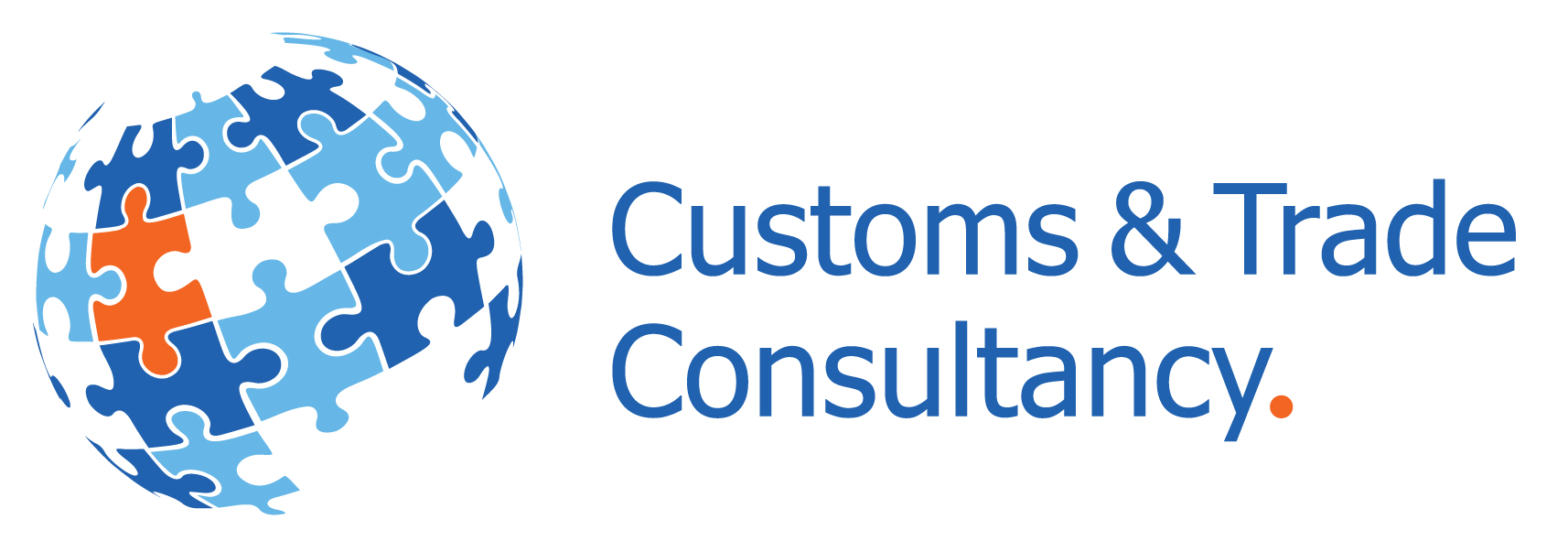5 April 2023
The UK government has published the draft version of the Border Target Operating Model, which sets out the government’s model for importing goods into the UK from countries inside and outside the EU.
What does the Border Target Operating Model cover?
The Target Operating Model applies to imports of live animals, germinal products, animal products, plants and plant products from all countries into Great Britain, and describes the implementation of new security and biosecurity controls on imports from the EU.
How will the Target Operating Model be implemented?
The model will be implemented through three milestones, and the government is urging importers and their supply chains to start their preparations for the first milestone now.
Key dates for your diary:
- 31 October 2023 – The introduction of health certification on imports of medium risk animal products, plants, plant products and high-risk food (and feed) of non-animal origin from the EU.
- 31 January 2024 – The introduction of documentary and risk-based identity and physical checks on medium-risk animal products, plants, plant products and high-risk food (and feed) of non-animal origin from the EU. At this point, imports of Sanitary and Phytosanitary goods from the rest of the world will begin to benefit from the new risk-based model.
- 31 October 2024 – Safety and Security declarations for EU imports will come into force. Alongside this, we will introduce a reduced dataset for imports and use of the UK Single Trade Window will remove duplication where possible across different pre-arrival datasets.
These milestones apply to medium – to high-risk animal products, plants, plant products and high-risk food (and feed) of non-animal origin (sanitary and phytosanitary goods).
Will other products be impacted too?
It is important to consider the import requirements for low-risk sanitary and phytosanitary goods as well. These products include a wide range of fresh produce which don’t carry an identified pest/disease risk but where there isn’t sufficient evidence to confirm there is no risk. This also includes processed, shelf-stable products, such as composites, certain canned meat products, processed animal by-products, certain fishery products, and aquatic animal products from lower risk countries.
The Border Target Operating Model outlines that the importation of low-risk consignments will have minimal routine border controls applied. Provision of a pre-notification and commercial documentation will still be required, but there would be no requirement for health certification or routine physical border checks.
Low-risk consignments can only enter ports designated for their commodities
Irrespective of minimal routine border controls for these low-risk consignments, these goods would still need to enter via a port that has a Border Control Post (BCP) designated for that type of commodity. This requirement has been set because the BCP links to a port health authority to administer the pre-notification. If local evidence suggests that a physical inspection of a low-risk consignment is necessary, a Border Control Post is the most suitable location for this to occur.
The requirement for goods to be routed via a port that has a BCP for the designated commodity could pose an issue for traders that import low-risk sanitary and phytosanitary goods via a port that has limited controls capability, such as the Port of Dover.
How might Dover be impacted by the Border Target Operating Model?
As Dover is Europe’s busiest roll-on roll-off ferry port in the UK, and together with the Eurotunnel has the quickest route to and from Europe, Dover is a vital international gateway for the movement of trade. However, due to its limited border control capability, there is a serious risk of disruption to existing trade routes via the Port of Dover and the Eurotunnel for consignments containing sanitary and phytosanitary products.
Make sure your business is prepared for these changes
Traders will need to consider this restriction of importing consignments containing sanitary and phytosanitary products via the Port of Dover and the Eurotunnel, and review alternative options if they do not want to run the risk of disruption.
The draft Border Target Operating Model seeks feedback from stakeholders on all aspects of the Border Target Operating Model. We encourage traders to flag the risks associated with low-risk consignments whilst the Border Target Operating Model is still in draft to create awareness at the government level.
Useful links
The publication can be accessed: The Border Target Operating Model: Draft for Feedback
A press release containing additional background can be accessed at: UK Government publishes draft proposals for new border controls – GOV.UK (www.gov.uk)
Contacts
To find out more about how the Border Target Operating Model could impact your business, please contact us directly.
Arjen Odems, odems@cutraco.com
Maartje Meijer, meijer@cutraco.com


